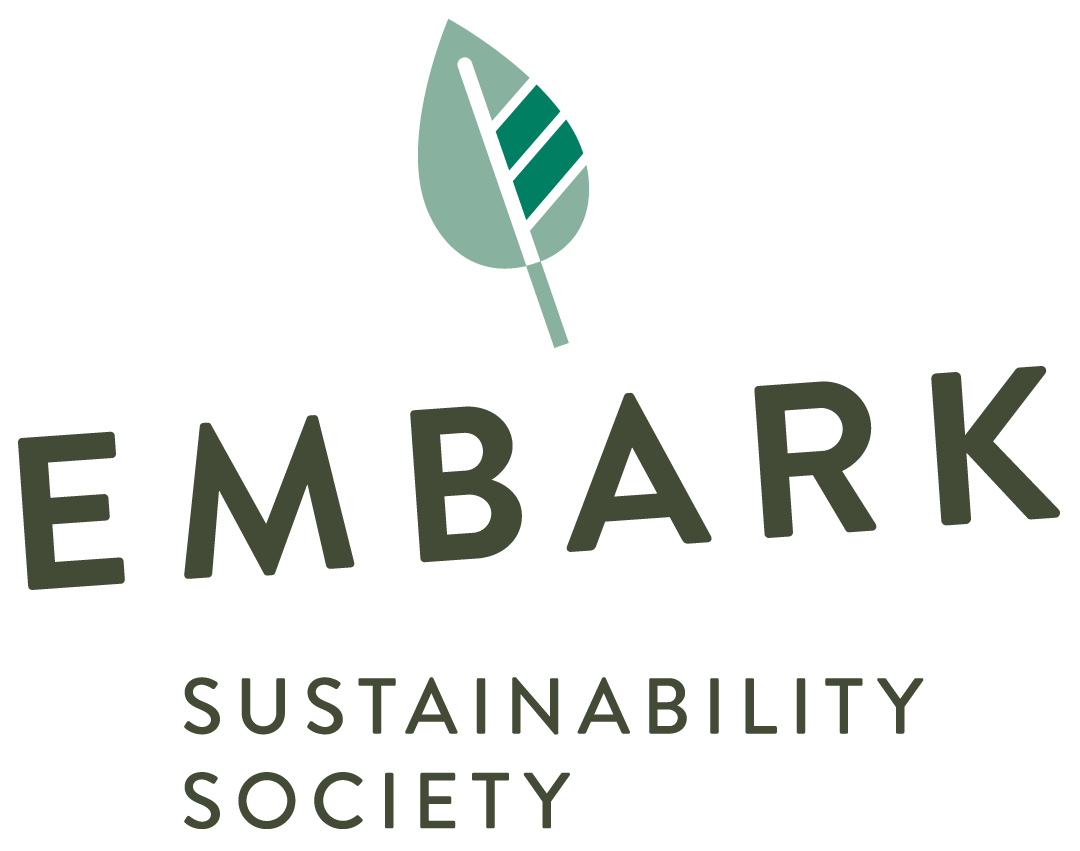Embracing Mutual Aid for a Sustainable Future
Mutual aid is an idea that is gaining more and more traction as the years go on, and rightly so. Mutual aid provides the world with frameworks of care and mutual benefit as opposed to the frameworks of self-interest that systems such as capitalism incentivize.
Mutual aid has been used to provide people with food, healthcare, and relief from climate disasters. To explore the idea of mutual aid further, let’s first discuss what it is.
What is Mutual Aid?
Mutual aid is a concept of organization theory and is defined by Wikipedia as a “voluntary reciprocal exchange of resources/services for mutual benefit”.
We are used to a capitalist society where competition drives change, innovation, and philanthropy. Essentially, everyone is left to fend for themselves, and acts of service must be repaid. Under capitalism, the person who offers aid today is likely expecting aid tomorrow. Mutual aid is about incentivizing people to work together cohesively.
It’s important to highlight that mutual aid is not about one group giving to another such as an act of charity. Rather, mutual aid is about multiple groups uniting in solidarity for a common goal and using their respective skills to help each other achieve that goal. This common misconception is why mutual aid is often paired with the phrase “Social solidarity, not charity”.
Mutual Aid in Food Justice
In 1969, the Black Panther Party initiated a program to give children in schools free breakfast. This program was designed to ensure the wellness and survival of Black children, and according to History.com, the program was also meant to fuel the Black revolution against police brutality. This program was a massive success for the Black Panthers and the program fed tens of thousands of schoolchildren. Furthermore, the program was expanding to allow medical care as well.
Unfortunately, the FBI and Chicago police did not like this program and saw it as a threat to their efforts of dismantling the Black Panthers. This program was so maddeningly successful that the Chicago police broke into a church to destroy the food storage and urinate all over it!
This just goes to show that sometimes, mutual aid can pose a threat to currently existing systems that only have power because we rely on them. Once we no longer need to rely on traditional systems, those systems lose their power.
Mutual Aid and the Climate
Mutual aid has only recently been in use in climate efforts, but it already shows a lot of promise. An example of this is called Occupy Sandy. Occupy Sandy was an organized mutual aid relief effort to help communities affected by Hurricane Sandy. These efforts involved helping communities regain their access to electricity.
According to an article in The Electricity Journal, many Pacific Coast public power utilities traveled over 4,800 kilometers (3,000 miles) across the United States to help power utilities affected by Hurricane Sandy. Soon after, The American Public Power Association worked with the National Rural Electric Cooperative Association to develop a joint mutual aid agreement that connects around 3,000 power and cooperative utilities.
Where Mutual Aid Falls Short
Mutual aid faces some challenges and limitations, such as a lack of legitimization from the public. Also, mutual aid is usually not a full-time paying job, which puts limitations on how and when people can work to provide the best aid possible. Furthermore, working professionals are more likely to burn out when taking on more of a workload.
Mutual aid affects everyone because everybody requires aid at some point in their lives, and traditional systems made to help us can fail us many times, and if they do, we often have nowhere else to turn to. In these cases, mutual aid can be the perfect safety cushion, and because of this, the more we can utilize mutual aid in our lives, the better systems we can build for a more sustainable future.
The more we utilize mutual aid and enhance it, the more power we bring to people at the individual level, including ourselves.
By Sepehr Borji
